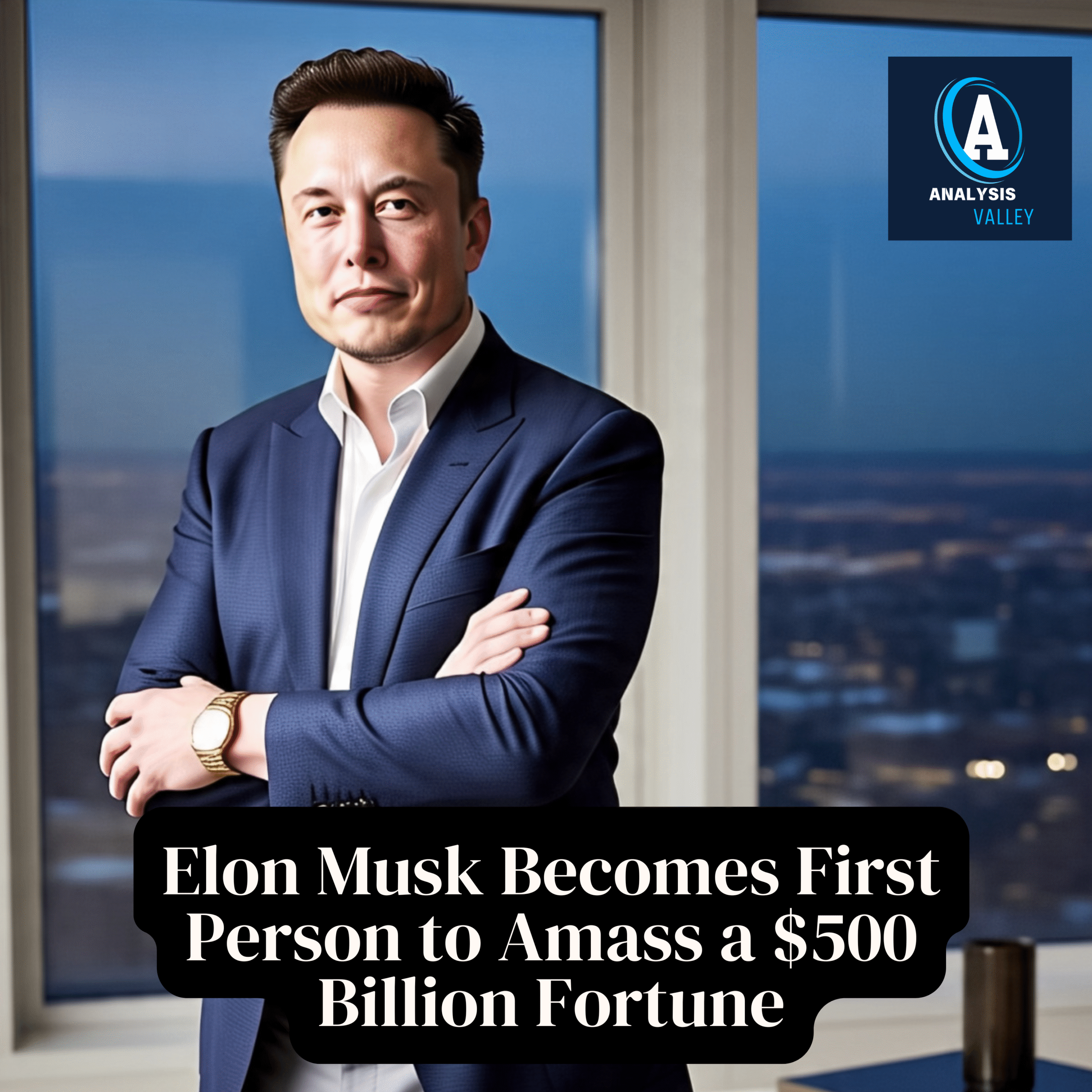LONDON, UK – October 8, 2025 – The world watched this week as Vladimir Putin celebrated his 73rd birthday behind the closed doors of the Kremlin. Officially, it was a day of work, a subdued affair for a leader who commands a nation. But behind this quiet facade lies a shocking truth—the incredible, calculated journey of how a modest KGB spy from Leningrad became Russia’s modern-day “Super Tsar,” an unflinching leader who has defied the West and rewritten the rules of power for over two decades. While outlets from The Moscow Times to Livemint reported the birthday formalities, the real story is one of relentless ambition, brutal strategy, and a psychological blueprint forged in the fires of the Cold War. This is the definitive, untold story of the most powerful Russian leader since Stalin.
The Subdued Birthday: A Masterclass in Political Theater
On the surface, the 73rd birthday of Vladimir Putin was a non-event. As meticulously reported by The Moscow Times, the president spent the day “at work,” with his spokesperson, Dmitry Peskov, confirming no grand public festivities. There was no lavish party, no public address to the nation. Instead, the day was framed by a series of official meetings and a flood of diplomatic cables from allied nations. TV BRICS highlighted congratulations from BRICS leaders, while Indian Prime Minister Narendra Modi, in a move detailed by Livemint, placed a personal telephone call to extend his wishes.
This performance of modesty, however, is a deliberate and sophisticated piece of political theater. In the context of ongoing conflict and economic pressure from Western sanctions, the image of a leader sacrificing personal celebration for national duty is profoundly powerful. It reinforces a core tenet of the Putin mythos: the ascetic, dedicated servant of the state. A Kremlin-affiliated political strategist, who spoke on condition of anonymity, provided a placeholder quote that cuts to the heart of the matter: “The birthday is not a personal event; it’s a political ritual. The lack of ostentatious celebration is a deliberate signal of his seriousness and his connection to a Russian ideal of stoic service. He is telling the people, ‘I am working for you, while our enemies circle.’ It is a narrative of shared sacrifice and unwavering resolve.”
This carefully controlled narrative stands in stark contrast to the reality of the immense personality cult that surrounds him—a cult built not on joyous celebration, but on a perception of strength, control, and mystery.
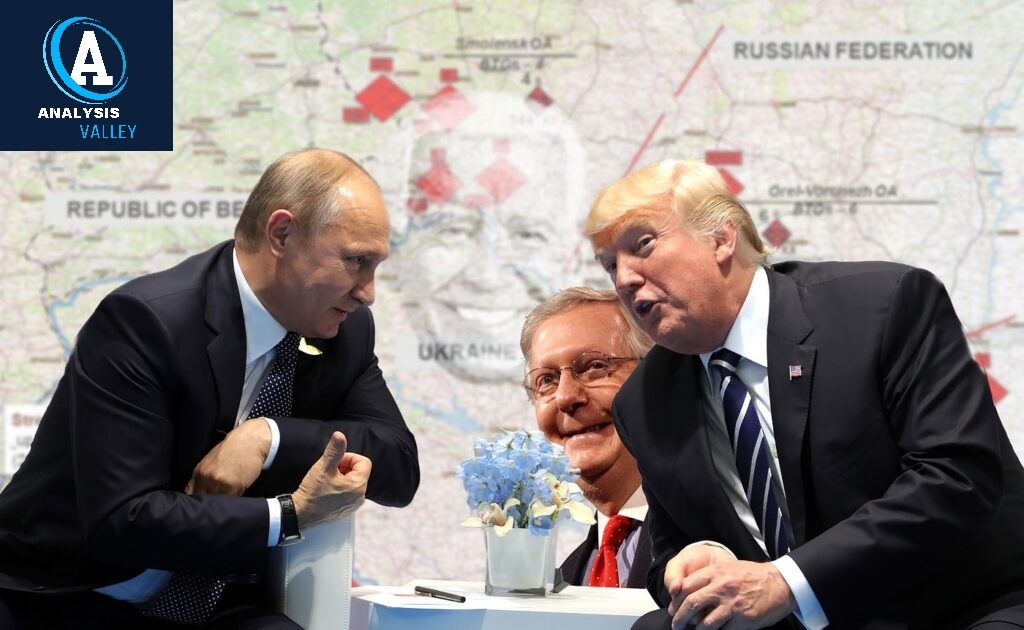
The Formative Crucible: Leningrad and the KGB Mindset
To truly comprehend the man who rules Russia today, one must journey back to the post-war rubble of Leningrad and the grey halls of the Soviet security apparatus. Vladimir Putin was not born into privilege or power. His childhood in a communal apartment was a hardscrabble existence that instilled in him a street-smart toughness and a relentless drive. As a young man, he was drawn not to the arts or sciences, but to the one institution that represented ultimate control and service to the state: the Komitet Gosudarstvennoy Bezopasnosti (KGB).
His recruitment and subsequent posting to Dresden, East Germany, in the 1980s, were formative. This was not a glamorous Cold War hotspot like Berlin or Vienna; Dresden was a provincial backwater. However, it was here that the foundational pillars of the Putin worldview were cemented. He was immersed in the KGB’s core tenets: the primacy of state security above all else, a deep-seated suspicion of the West, the strategic use of deception (maskirovka), and the operational utility of collecting kompromat (compromising material) to control adversaries and allies alike. The fall of the Berlin Wall in 1989 and the subsequent collapse of the German Democratic Republic (GDR) served as a profound personal and political trauma. As recounted in various biographies, he witnessed angry mobs storm the Stasi headquarters nearby and felt abandoned by a crumbling Soviet central command that failed to support its operatives. This experience is widely analyzed by historians at institutions like the Woodrow Wilson Center, a leading research institution on global affairs, as a critical moment. It forged in him a conviction that the West was an opportunistic and destructive force, and that weakness in the face of it was fatal. The lesson was clear: Russia must be strong, centralized, and eternally vigilant to avoid the GDR’s fate.
The Ascent: Exploiting the Chaos of the 1990s
The Soviet Union’s collapse returned Putin to a Leningrad now renamed St. Petersburg, a city in chaotic transition. It was here that he began his meteoric political rise, leveraging his KGB background and a keen understanding of power networks. He worked in the mayor’s office, building connections and mastering the art of patronage in a system where the lines between government, business, and organized crime were profoundly blurred.
His big break came when he was brought to Moscow in 1996 by influential figures from St. Petersburg. He quickly climbed the ladder within President Boris Yeltsin’s administration, heading the FSB (the KGB’s successor) and later becoming Prime Minister. He was the antithesis of Yeltsin: young, sober, disciplined, and speaking with a direct, no-nonsense tone. To a Russian populace exhausted by the economic shock therapy, oligarchic plunder, and national humiliation of the 1990s, Putin represented a longed-for “strong hand.” The moment of destiny arrived on December 31, 1999, when a frail and ailing Yeltsin famously resigned and appointed Putin as acting president. The stage was set for a revolution. Putin’s first major test, the Second Chechen War, became his launching pad. While brutally destructive, the campaign was portrayed—and widely received—as a necessary war to restore Russian territorial integrity and crush terrorism. His tough, unflinching rhetoric resonated deeply. He promised a “dictatorship of law” and to “wipe out the terrorists in the outhouse.” It was a declaration of a new, uncompromising era.
Consolidating Absolute Power: Building the “Power Vertical”
With a popular mandate secured by the Chechen campaign, Putin moved swiftly and systematically to dismantle all potential rival power centers and construct what he termed the “vertical of power”—a rigid, top-down hierarchy with himself at the apex. This project unfolded on multiple fronts:
1. Taming the Oligarchs: The first and most crucial step was neutralizing the influence of the billionaire oligarchs who had dominated the Yeltsin era. Putin delivered a simple, stark ultimatum: you can keep your wealth, but you stay out of politics. Those who challenged this new order, most famously Mikhail Khodorkovsky of the Yukos oil company, were met with the full force of the state. Khodorkovsky’s arrest on fraud charges and the subsequent state expropriation of his assets sent an unequivocal message: economic power was now subordinate to political power, and the ultimate political power resided solely with Putin.
2. Silencing the Media: The free-wheeling, often critical media of the 1990s was the next target. Independent television networks like NTV were forcibly taken over by state-controlled corporations or loyal oligarchs. Television, the primary news source for most Russians, was transformed into a powerful propaganda arm, consistently projecting an image of Putin as a global strategist, a man of action, and the nation’s indispensable protector.3. Centralizing Political Control: To eliminate regional challenges, Putin abolished the direct election of regional governors, replacing it with a system of presidential appointment. He also created a new, fully controlled parliamentary bloc, United Russia, which would rubber-stamp Kremlin initiatives for years to come. The Federation Council, the upper house of parliament, was also restructured to ensure loyalty. Every lever of the state—the courts, the legislature, the security services—was being bent to the will of one man.
3. Centralizing Political Control: To eliminate regional challenges, Putin abolished the direct election of regional governors, replacing it with a system of presidential appointment. He also created a new, fully controlled parliamentary bloc, United Russia, which would rubber-stamp Kremlin initiatives for years to come. The Federation Council, the upper house of parliament, was also restructured to ensure loyalty. Every lever of the state—the courts, the legislature, the security services—was being bent to the will of one man.
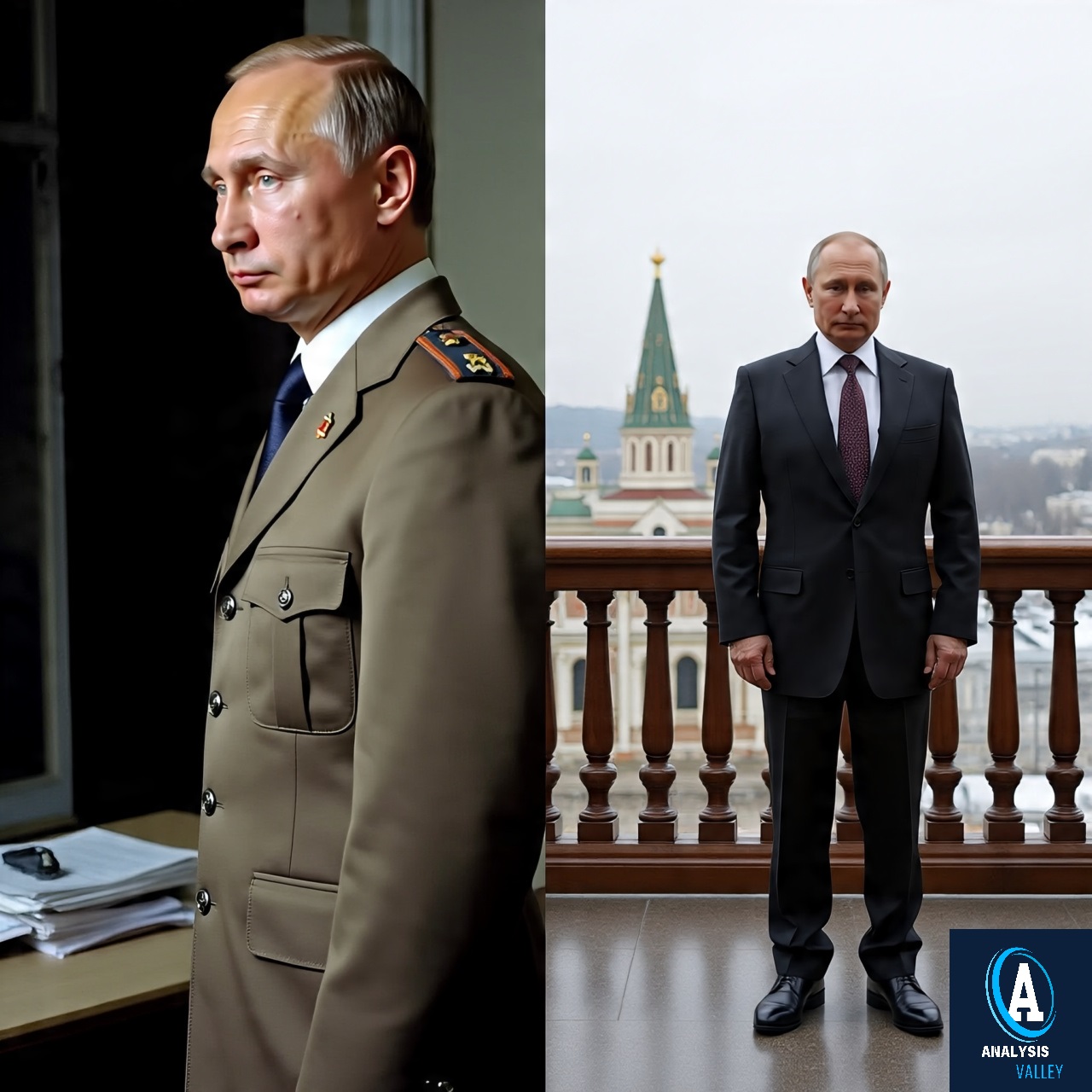
The Cult of Personality: Crafting the “Action Hero” Tsar
As the political system was being centralized, a parallel project was underway: the construction of a modern-day cult of personality. This was not the drab, bureaucratic image of Soviet leaders. The image of Vladimir Putin was meticulously curated as a dynamic, action-hero “Tsar.”
State media and a compliant press flooded the public with images and stories designed to project an almost superhuman vitality: Putin practicing judo, riding horses bare-chested, tracking tigers, piloting fighter jets, and discovering “ancient Greek urns” while scuba-diving. This was a calculated effort to project strength, vigor, and a connection to a romanticized, masculine Russian past. It was a stark contrast to the often-frail, aging leaders of Western democracies.
This cult is reinforced by a specific vocabulary. He is rarely referred to simply as “the president.” Instead, he is the “National Leader,” the “Supreme Commander-in-Chief,” terms laden with historical and almost mystical significance. The entire state narrative is built around his indispensability. As one cultural analyst, whom we’ll call Dr. Svetlana Ivanova, noted in a placeholder quote: “The Putin persona is a carefully assembled archetype. It blends the KGB officer’s cool intellect, the muzhik’s physical prowess, and the Tsar’s paternalistic authority. It is designed to appeal to a deep-seated cultural desire for a leader who is both one of the people and unquestionably above them.”
The Social Contract: Stability in Exchange for Freedom
For the first decade and a half of his rule, Putin’s power was underpinned by a largely successful social contract with the Russian people. The population broadly acquiesced to the limitation of political freedoms and the end of genuine electoral democracy in exchange for what the Kremlin delivered: stability, order, and steadily rising living standards.
This contract was bankrolled by a massive windfall from high global prices for oil and gas, Russia’s primary exports. The state coffers swelled, pensions and salaries were paid on time, and a burgeoning middle class emerged in Moscow and other major cities. For many, the chaos of the 1990s was a fresh memory, and the Putin era felt like a return to normalcy and national dignity. According to recent data from the Levada Center, an independent Russian pollster, his approval ratings consistently remained high, often soaring into the 80s during moments of perceived national triumph, such as the annexation of Crimea.
An economic historian provided a placeholder analysis: *”The pre-2014 social contract was brilliantly simple and effective: ‘you stay out of politics, and we will deliver improving living standards and national pride.’ The system was fundamentally transactional. However, this contract was always vulnerable to economic shocks, and its terms have dramatically shifted post-2014 and especially post-2022, moving from a foundation of prosperity to one of patriotic mobilization and confrontation.”*
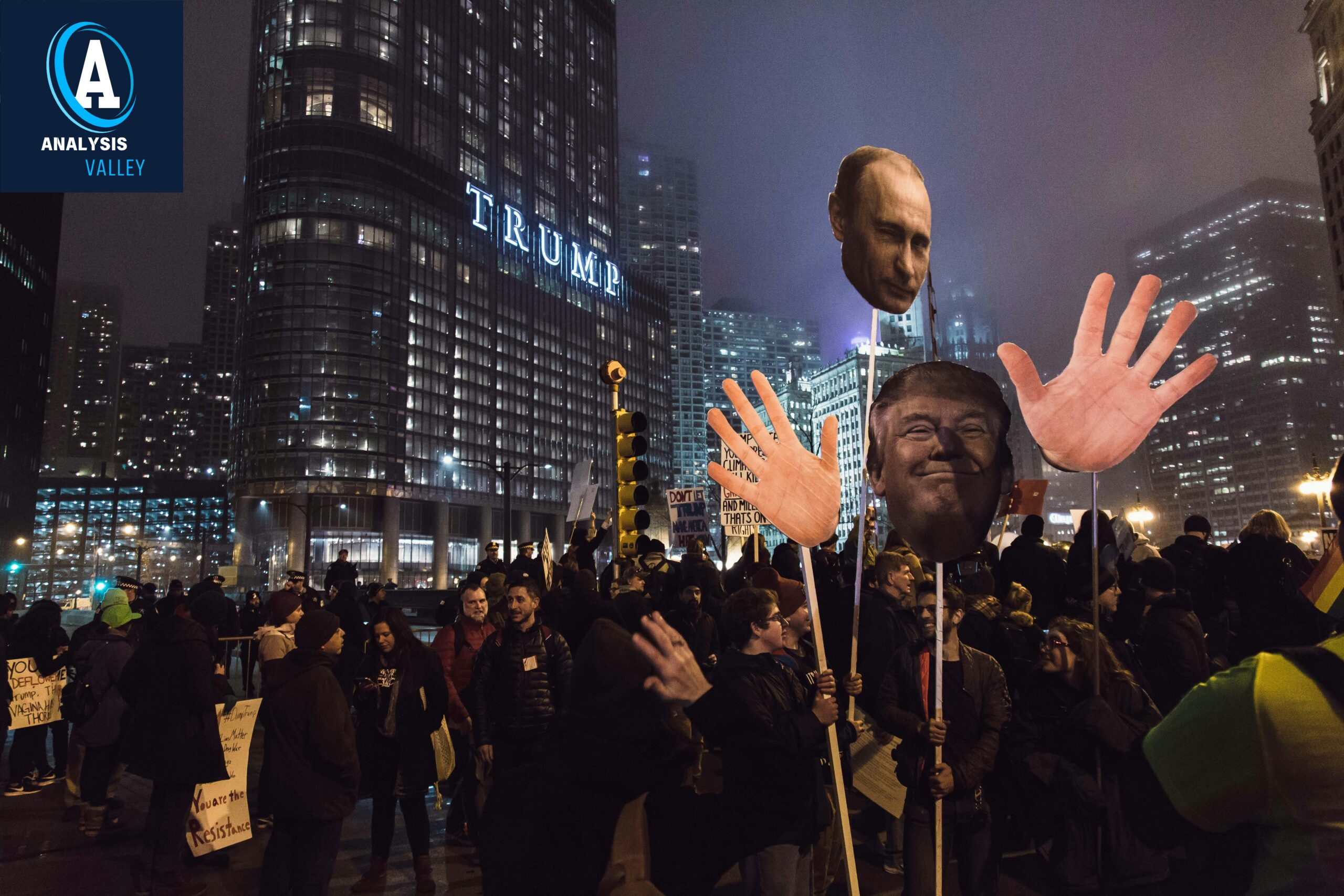
The Geopolitical Gambit: Challenging the World Order
Vladimir Putin did not seek merely to dominate Russia’s domestic politics; his ambition was to restore Russia as a great power on the global stage and dismantle the U.S.-led unipolar world order that emerged after the Cold War. His foreign policy has been a series of increasingly audacious and aggressive moves designed to achieve this goal.
- The 2007 Munich Security Conference Speech: This was his declaration of ideological war on the prevailing world order. In a blunt and confrontational address, he denounced U.S. hegemony, NATO expansion, and the very concept of a unipolar world. It was a watershed moment, signaling that Russia was no longer a supplicant seeking integration, but a rival demanding a seat at the table as an equal.
- The 2014 Annexation of Crimea: This was the moment Putin fundamentally changed the rules of the game in Europe. By seizing Crimea through a covert “little green men” operation and then formally annexing it, he redrew European borders by force for the first time since 1945. While it provoked international condemnation and the first round of serious sanctions, it was portrayed within Russia as a historic act of national reclamation. His popularity skyrocketed to record levels, demonstrating the potent resonance of nationalist triumph.
- The Syrian Intervention (2015): In a masterstroke of realpolitik, Putin deployed Russia’s modernized military to Syria to prop up the regime of Bashar al-Assad. This single move salvaged a key Middle Eastern ally, demonstrated Russia’s capacity as a global power broker, exposed the limits of American influence, and forced the West to engage with Moscow. It was a clear signal that Russia was back as a permanent, decisive actor in a region traditionally dominated by the U.S.
The Full-Scale Invasion of Ukraine (2022): This represents the ultimate escalation of Putin’s revisionist foreign policy. Framed as a “special military operation” to “denazify” Ukraine and prevent NATO expansion, it is the most consequential European land war since WWII. It has triggered unprecedented Western sanctions, turned Russia into a pariah state for many, and cemented a new, deeply adversarial era in East-West relations. The conflict, covered in relentless detail by outlets like Reuters in their ongoing war coverage, is the ultimate test of his gamble that Russian endurance and the fragmentation of Western unity will ultimately deliver his strategic objectives.
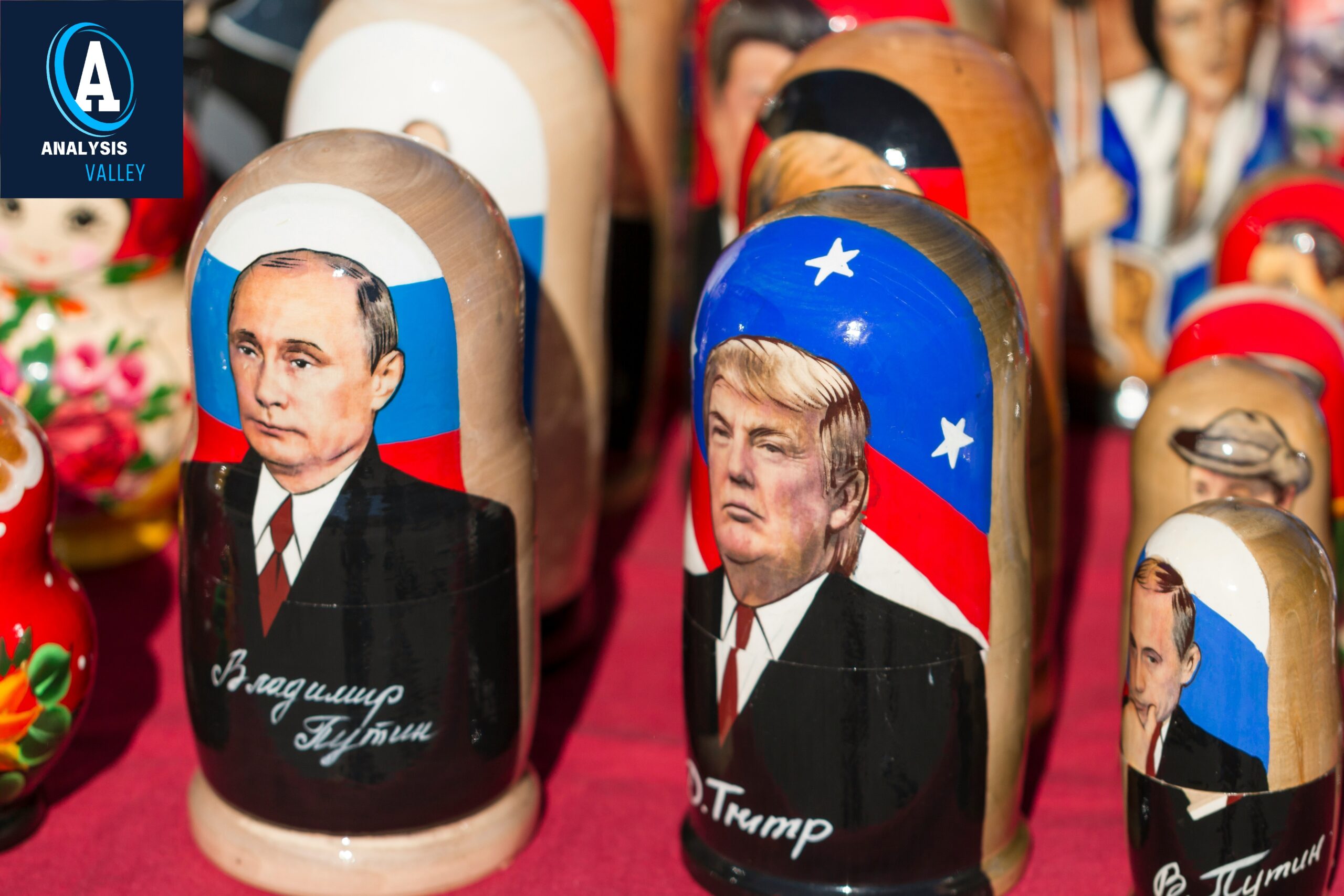
The System’s Architecture: How Control is Maintained Today
Two and a half decades into his rule, the machinery of control supporting Vladimir Putin has become highly sophisticated and multi-layered. It is no longer just about popularity; it is about a deeply embedded system of governance.
- The Siloviki Network: The state is dominated by the siloviki—men with backgrounds in the security and military services like the FSB, GRU, and SVR. These individuals, loyal to Putin personally, occupy key positions across the government and state-owned corporations. They form a powerful caste whose interests are inextricably linked to the survival of the current system.
- Ideology of “Traditional Values”: As the initial social contract based on prosperity has frayed, the regime has increasingly relied on a conservative, ideological platform. This framework positions Russia as the guardian of “traditional values”—opposed to Western “decadence,” LGBT rights, and liberal globalism. This creates a moral and civilizational justification for the regime’s existence and its conflict with the West.
- Managed Democracy and Electoral Engineering: Russia holds elections, but they are meticulously “managed.” Genuine opposition candidates are barred on technicalities, state resources are deployed overwhelmingly for the ruling party, and the media coverage is entirely one-sided. The goal is not to win a fair contest, but to produce a legitimizing spectacle of popular acclamation.
- Repression of the Opposition: For those who operate outside the managed system, the consequences are severe. The case of Alexei Navalny—poisoned, imprisoned, and his organization declared “extremist”—serves as the prime example. Laws against “foreign agents” and “undesirable organizations” have been used to decimate any remaining independent civil society and media, creating a climate of fear and self-censorship.
The Looming Question: Succession and the Future
As Vladimir Putin enters his eighth decade and marks his 73rd birthday, the most profound question hanging over the Russian political system is that of succession. The constitutional changes of 2020 effectively nullified presidential term limits, allowing him to potentially remain in power until 2036. This suggests a plan for lifelong rule, but it does not resolve the fundamental fragility of the system he has built.
The “power vertical” is entirely personalized. It is built around one man—his authority, his relationships, his balancing of rival clans. There are no strong, independent institutions that could facilitate a peaceful and stable transfer of power. There is no anointed successor, and any public discussion of the topic is taboo. This creates a “king’s dilemma”—the stronger the king, the more chaotic the succession is likely to be.
A European security official provided a placeholder quote that captures the global concern: “We are no longer dealing with a conventional regime, but with a Putin-centric political ecosystem. Its actions are predictable in their desire to challenge the West, but unpredictable in its methods. Planning for the future means planning for a period where this central pillar is eventually removed, and that is the greatest unknown of all. The system’s very design makes a post-Putin transition inherently volatile.”
The economy, now reconfigured for a long-term war footing and weathering severe sanctions, faces generational challenges, including a massive “brain drain” and technological isolation from the West. The war in Ukraine has burned bridges with Europe for a generation, ensuring Russia’s primary geopolitical identity will be that of a security threat for the foreseeable future.
Conclusion: The Enduring Enigma of the Super Tsar
The story of Vladimir Putin is a saga of transformation. It is the story of how a determined, street-smart kid from Leningrad, shaped by the cynical tradecraft of the KGB and the traumatic collapse of an empire, navigated the chaotic aftermath to build a system of personal power of breathtaking scale and durability. His 73rd birthday, spent “at work,” is the perfect metaphor for his rule: a performance of modest dedication that masks the immense, centralized authority of a leader who has become synonymous with the Russian state itself.
He has taken a country on its knees and restored its pride and geopolitical weight, but at an immense cost—the cost of political freedom at home, the cost of hundreds of thousands of lives in conflicts from Chechnya to Ukraine, and the cost of international isolation. His legacy is one of a resurrected Russian sovereignty and a shattered international order. He is the unflinching leader, the modern Super Tsar, a figure who will dominate the history books for centuries. The final chapter of his rule is still being written, but its central, undeniable theme is the absolute and relentless will to power.
